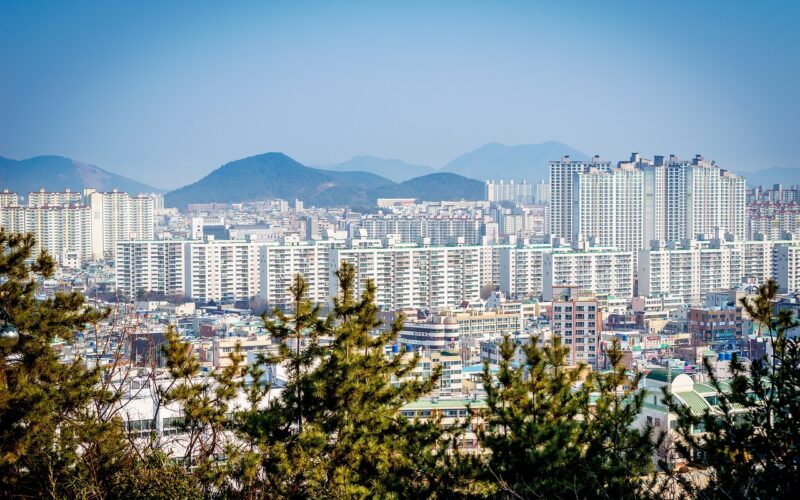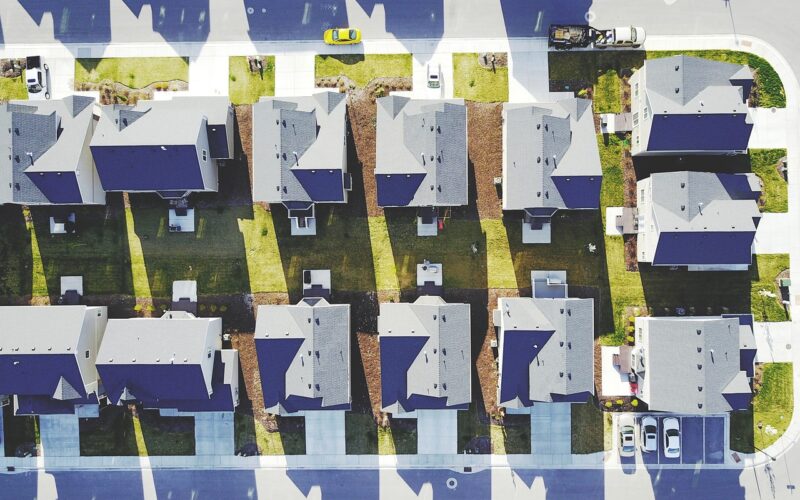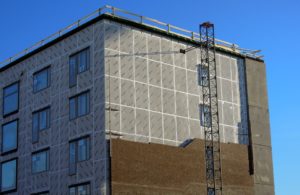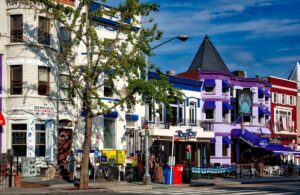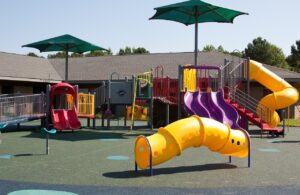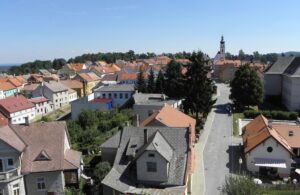Revitalising a rundown neighbourhood often requires a multifaceted approach involving community engagement, investment in infrastructure, and the cultivation of a capable local economy. Such transformations can lead to improved living conditions, a reduction in crime, and a sense of pride among residents.
Understanding the roots of neglect
Before a neighbourhood can be revitalised, it's vital to understand the factors that have contributed to its decline. Often, these areas have suffered from a combination of chronic underinvestment, the exodus of key businesses, and insufficient municipal services. These problems can be compounded by social issues such as high unemployment rates and crime, creating a vicious cycle of neglect and decay.
Addressing the root causes is just as important as the physical refurbishment of buildings and spaces. Initiatives that aim to understand and tackle these deeper issues, such as community workshops and inclusive urban planning meetings, are crucial. They ensure that the ensuing regeneration efforts are not cosmetic but sustainable and long-term, as they engage with the real needs of the residents.
Encouraging community involvement
A top-down approach to neighbourhood revitalisation often leads to gentrification, where original residents are priced out of their own communities. To avoid this outcome, it is key to involve the community in every step of the revitalisation process. After all, local residents understand their neighbourhood's needs better than anyone.
Community-led projects that focus on revamping public spaces, like parks and community centres, can instigate a sense of ownership and pride. These projects also foster social cohesion and empower residents to take an active role in maintaining and improving their local environment, which can have a ripple effect on the wider area's morale and desirability.
Attracting investment and business
Economic growth is a crucial driver of neighbourhood renewal. Local authorities and developers need to work together to attract new businesses and create job opportunities. Successful initiatives can range from offering tax incentives to small businesses, to creating enterprise zones that offer reduced rates and cooperative workspaces to start-ups and creative ventures.
To sustain growth, it's essential to provide residents with the education and training needed to take advantage of new job opportunities. Pairing up with local educational institutions to offer vocational training programs can match residents' skills with the needs of incoming businesses, creating a symbiotic relationship between the economic health of the area and its inhabitants.
Improving housing and infrastructure
Substandard housing and crumbling infrastructure can discourage new residents and businesses from moving into an area. Investing in these fundamental aspects not only improves the quality of life for current residents but also makes the neighbourhood more attractive to potential newcomers.
A focus on affordable and high-quality housing can prevent displacement while encouraging a diverse range of people to move to the area. Addition of reliable public transport, upgrading utility systems, and ensuring adequate public services like waste collection and street lighting can demonstrate a commitment to long-term improvement and stability.
Cultivating cultural and social amenities
Cultural and social amenities like theatres, galleries, and restaurants contribute significantly to the vibrancy and appeal of a neighbourhood. They can also act as hubs for community activities, providing shared spaces for residents to come together and celebrate their locality's unique character.
These amenities can help shift perceptions of a rundown area from a place to leave to a destination to visit. By showcasing local history and talent, they create an identity and a sense of place, drawing in visitors and further investment. Support for local artists and entrepreneurs through grants or the provision of facilities can jumpstart this cultural renaissance.
Ensuring long-term success
Revitalisation is not a one-time initiative but a continual process. Even after the initial projects are complete, it's imperative to set up frameworks that ensure the continued growth and upkeep of the neighbourhood. This could mean establishing community trusts or associations that provide a platform for residents to keep on shaping their environment.
Regular evaluation and adaptation of revitalisation strategies are crucial to addressing new challenges as they arise. A dynamic, responsive approach will ensure that the once rundown neighbourhood not only recovers but thrives, becoming a prosperous, resilient community.
Revitalising a rundown neighbourhood is a complex challenge that requires a sustained and collaborative effort. With careful planning, community involvement, investment in infrastructure, the promotion of local economy, and the development of cultural amenities, a neglected area can transform into a thriving hub of activity and pride. The key lies in strategies that are intentional, inclusive, and inspired by the very people who call the neighbourhood home.
